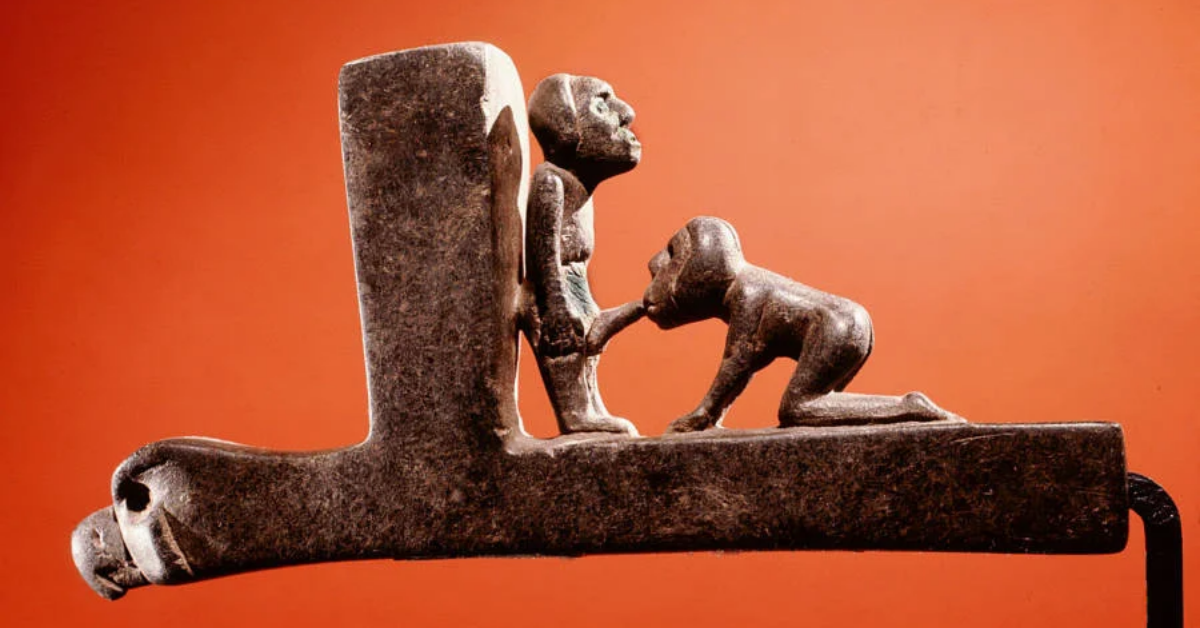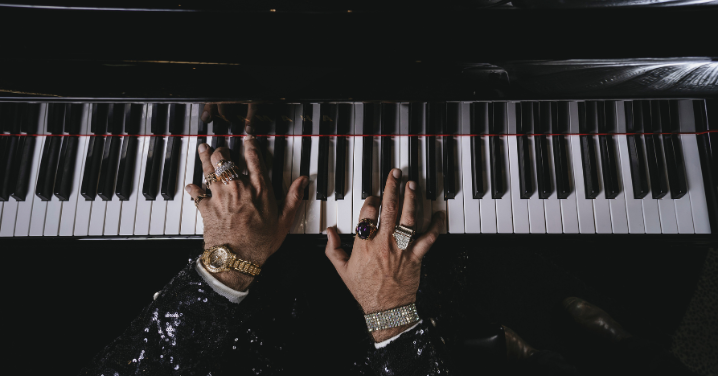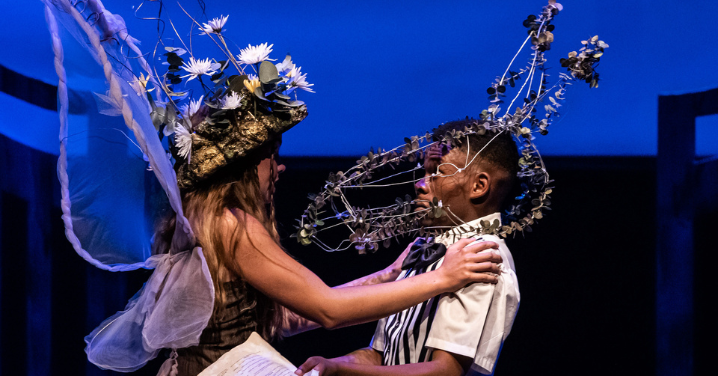As we journey from the steamy papyruses of ancient Egypt to the sultry ruins of Pompeii, let us revel in the passionate expressions of sexuality immortalised in artistic form. For, as humans, we have always celebrated our sensuality, and it is this innate desire that has shaped some of the most captivating art across the ages.
Our first stop on this tantalising tour is the heart of ancient Egypt, a civilization renowned for its rich artistic heritage. Nestled amidst the papyrus scrolls, we uncover sensual illustrations of amorous encounters, each capturing the playful and uninhibited spirit of this bygone era. The erotic art of ancient Egypt was not merely for titillation; these striking images served a spiritual purpose, as they were believed to imbue the afterlife with fertility and pleasure. Indeed, the ancient Egyptians held that depicting acts of passion would ensure a blissful afterlife brimming with erotic delight.

As we continue our voyage through time, we find ourselves in the fabled city of Pompeii. The eruption of Mount Vesuvius in 79 AD buried this thriving Roman metropolis beneath layers of ash and pumice, preserving the city’s treasures for posterity. Amidst the ruins, we stumble upon murals and frescoes that tantalise the senses with their unabashed eroticism. The lupanar, or brothel, is a veritable treasure trove of erotic art, its walls adorned with explicit scenes of carnal pleasure. These lascivious images served as a menu of sorts, guiding clients through the myriad pleasures on offer.

Our next destination is the classical world of ancient Greece, where sensuality and artistry were celebrated in unison. The art of this era features a wealth of erotic imagery, from lustful satyrs pursuing nymphs to athletic gods locked in passionate embraces. With an eye for detail, the ancient Greeks captured the nuances of desire, immortalising them in their iconic sculptures, vases, and mosaics. This celebration of human sexuality is evident in their literature as well, with works such as Sappho’s poetry paying homage to the joys of physical love.

As we venture into the East, we are greeted by the sensual art of India and its Kama Sutra, an ancient treatise on love and pleasure. The temples of Khajuraho and Konark, adorned with exquisite carvings of amorous couples, serve as enduring testaments to India’s rich erotic tradition. These intricate depictions of pleasure reflect the spiritual significance of sexuality in Hinduism and the belief that the union of male and female energies leads to enlightenment and divine harmony.

Leaving the exotic lands of India, we set sail for pre-Columbian America, where we encounter the erotic pottery of the Moche civilization. Hailing from modern-day Peru, the Moche people crafted exquisite ceramic vessels depicting a myriad of sexual acts. From tender embraces to more adventurous positions, the Moche pottery offers a glimpse into the complex relationship between pleasure, fertility, and spirituality that permeated their culture.

Our tour of erotic art through the ages draws to a close with a visit to the Middle Ages, an era often perceived as prudish and repressive. Contrary to popular belief, the medieval period bore witness to a surprising array of erotic art. The margins of illuminated manuscripts teem with bawdy illustrations, known as marginalia, which showcase the cheeky humour and irreverence of the era’s artists. Moreover, numerous cathedrals across Europe boast lascivious sculptures and carvings, such as the enigmatic sheela-na-gigs, which feature grinning women displaying their exaggerated genitalia. These provocative figures serve as a reminder that, despite the constraints of the time, the human need for creative expression and the celebration of sexuality remained alive and well.
As our titillating journey comes to an end, it is evident that erotic art has been a constant presence throughout human history. The myriad forms of sensual expression we have encountered on our voyage, from the papyrus scrolls of Egypt to the bawdy marginalia of the Middle Ages, demonstrate that our species has always sought to celebrate the physical and spiritual aspects of sexuality. This enduring fascination with erotic art is not only a testament to our primal desires but also a celebration of our boundless creativity, as we continue to explore and immortalise the depths of human passion through artistic expression.
Some other images:




So, let us raise a toast to the rich and varied tapestry of erotic art that has graced our world since the dawn of time. For in these sensual masterpieces, we are offered a glimpse into the very essence of our humanity: the innate need to express and share our deepest desires, to connect with others on a primal level, and to celebrate the enduring power of passion and love.























+ There are no comments
Add yours